
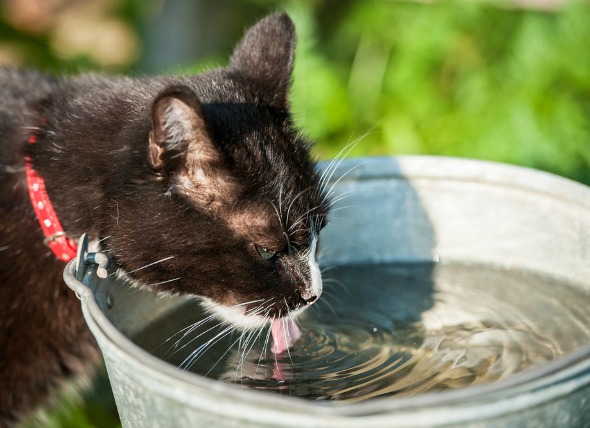
Polyuria refers to an abnormally high urine production in cats, while polydipsia refers to the animal's increased level of thirst. While serious medical consequences are rare, your pet should be evaluated to ensure that these conditions are not symptoms of a more serious underlying medical condition. Your veterinarian will want to either confirm or rule out renal failure, or hepatic diseases.
Polyuria and polydipsia can affect both dogs and cats, and can be brought on by a variety of factors. If you would like to learn more about how these diseases affect dogs, please visit this page in the PetMD health library.
The most common symptoms of these medical conditions are an increase in urination, and drinking much more water than usual. There are generally no other attendant behavioral changes.
The primary causes of polydipsia and polyuria include congenital abnormalities, and those associated with renal failure. Congenital diseases can include diabetes, a decrease in steroid production by the adrenal glands, and some rare psychological disorders. Kidney diseases, meanwhile, can be due to a congenital defect, or can be linked to tumors, increased steroid production, increased thyroid hormone levels, and electrolyte or hormonal disorders.
Other potential factors behind polydipsia and polyuria are low protein diets, medications that are prescribed for removing excess fluid from the body (diuretics), and age. The younger and more active a cat is, the more likely it is that it will have intermittent increases in thirst and urination.
Your veterinarian will examine your cat to determine the true levels of thirst and urination by measuring water intake and urination output. A baseline of normal fluid levels (hydration) and normal urination will be established for comparison, and an evaluation will be performed to ensure that the increased thirst and urination are not signs of a more serious medical condition.
Standard tests will include a complete blood count (CBC), a urinalysis, and X-ray imaging to rule out or confirm any issues with the renal, adrenal, and reproductive systems.
Any other symptoms accompanying the increased levels of thirst or urination, even when appearing unrelated, will be taken into consideration during the final diagnosis.
Treatment will most likely be on outpatient basis. The primary concern is that renal or hepatic failure can be causing increased water consumption or increased urination. If both of these concerns have been ruled out, and there are no other serious medical conditions associated with either of these conditions, no treatment or behavior modification will be necessary.
Your doctor may recommend water limitation, while cautioning you to observe that your cat is adequately hydrated. Hydration levels should be monitored during and following treatment, since dehydration can also bring about serious medical complications. If the cat is dehydrated, electrolytes may also be prescribed.
Observation and comparison against the determined baseline levels are recommended for judging progress.
There are currently no known preventive measures for either polydipsia or polyuria.
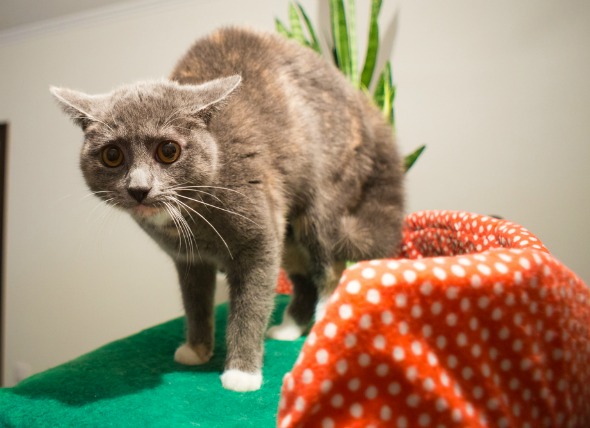 Extreme Fear and Anxiety in Cats
Fears, Phobias, and Anxieties in Cats
A phobia is
Extreme Fear and Anxiety in Cats
Fears, Phobias, and Anxieties in Cats
A phobia is
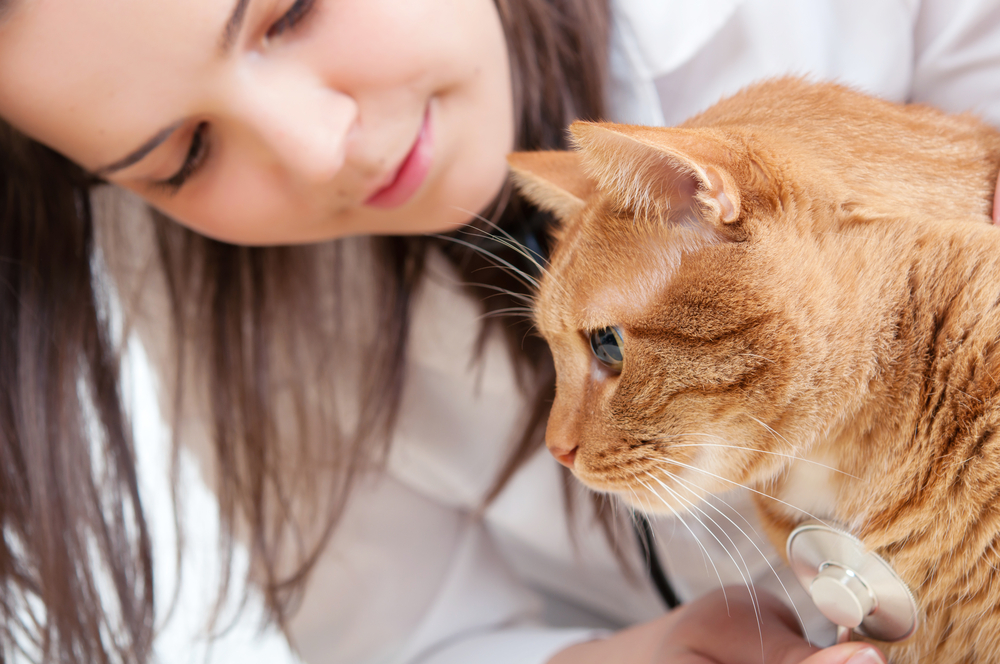 Allergic Shock in Cats
Anaphylaxis in Cats
Anaphylaxis is an emergency c
Allergic Shock in Cats
Anaphylaxis in Cats
Anaphylaxis is an emergency c
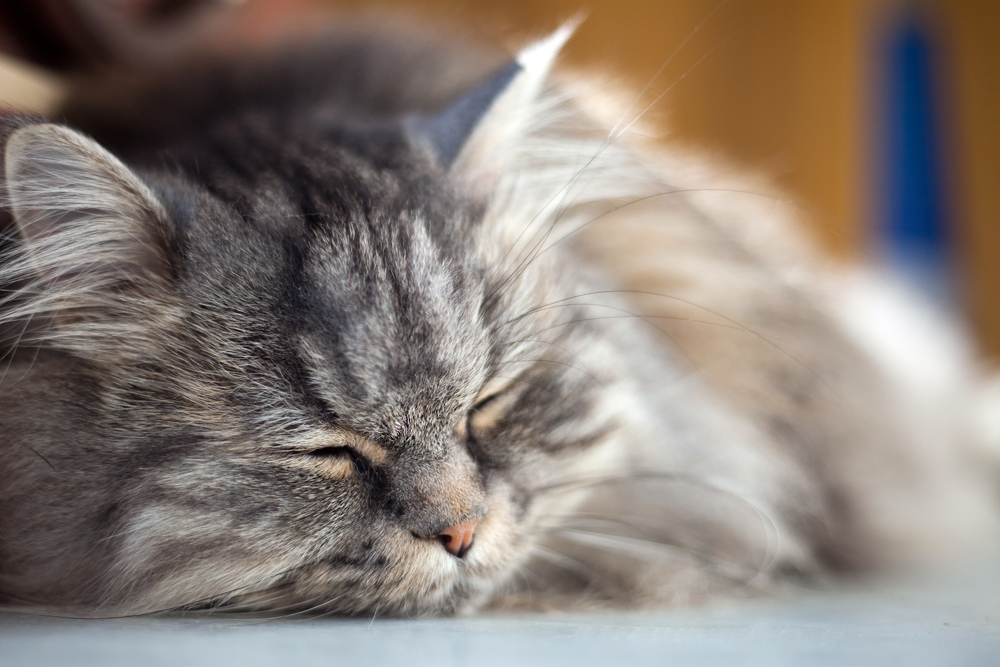 Anemia, Nonregenerative in Cats
Nonregenerative Anemia in Cats
A decrease in red
Anemia, Nonregenerative in Cats
Nonregenerative Anemia in Cats
A decrease in red
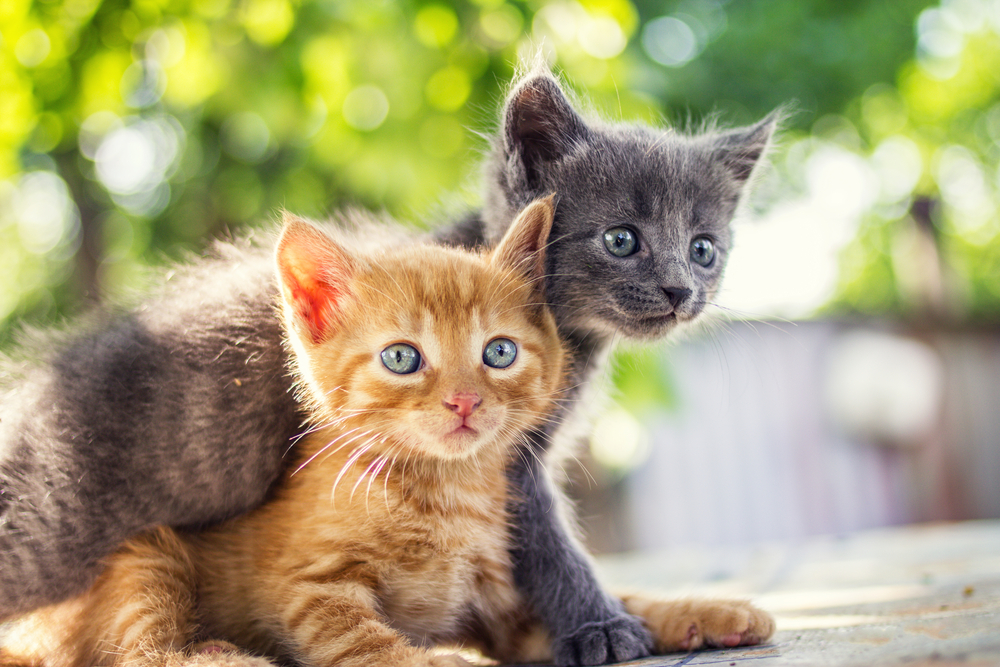 Coronavirus in Cats
Feline Infectious Peritonitis (FIP) in Cats
Felin
Coronavirus in Cats
Feline Infectious Peritonitis (FIP) in Cats
Felin
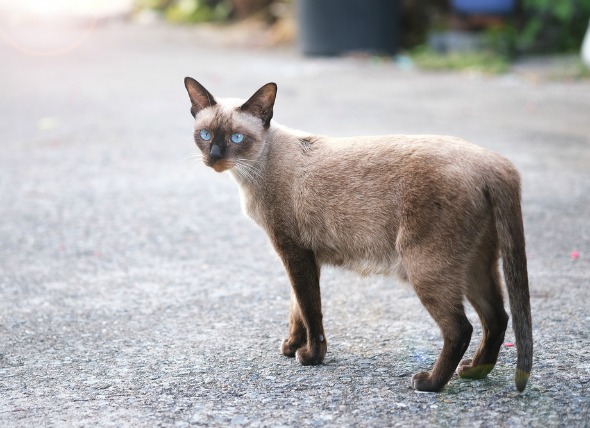 Fatty Skin Tumors in Cats
Lipoma in Cats
Lipomas are soft masses or tumors
Fatty Skin Tumors in Cats
Lipoma in Cats
Lipomas are soft masses or tumors
Copyright © 2005-2016 Pet Information All Rights Reserved
Contact us: www162date@outlook.com